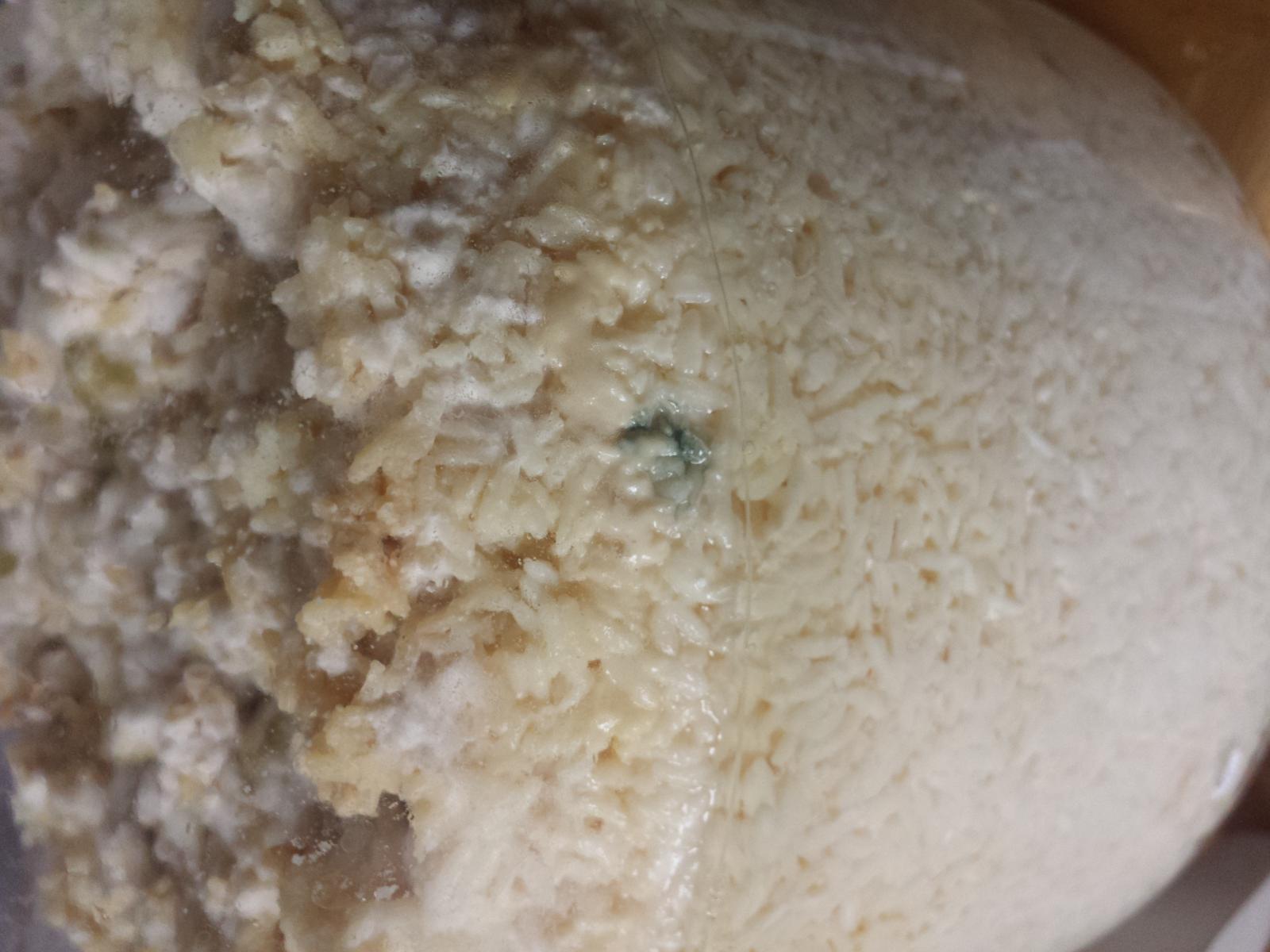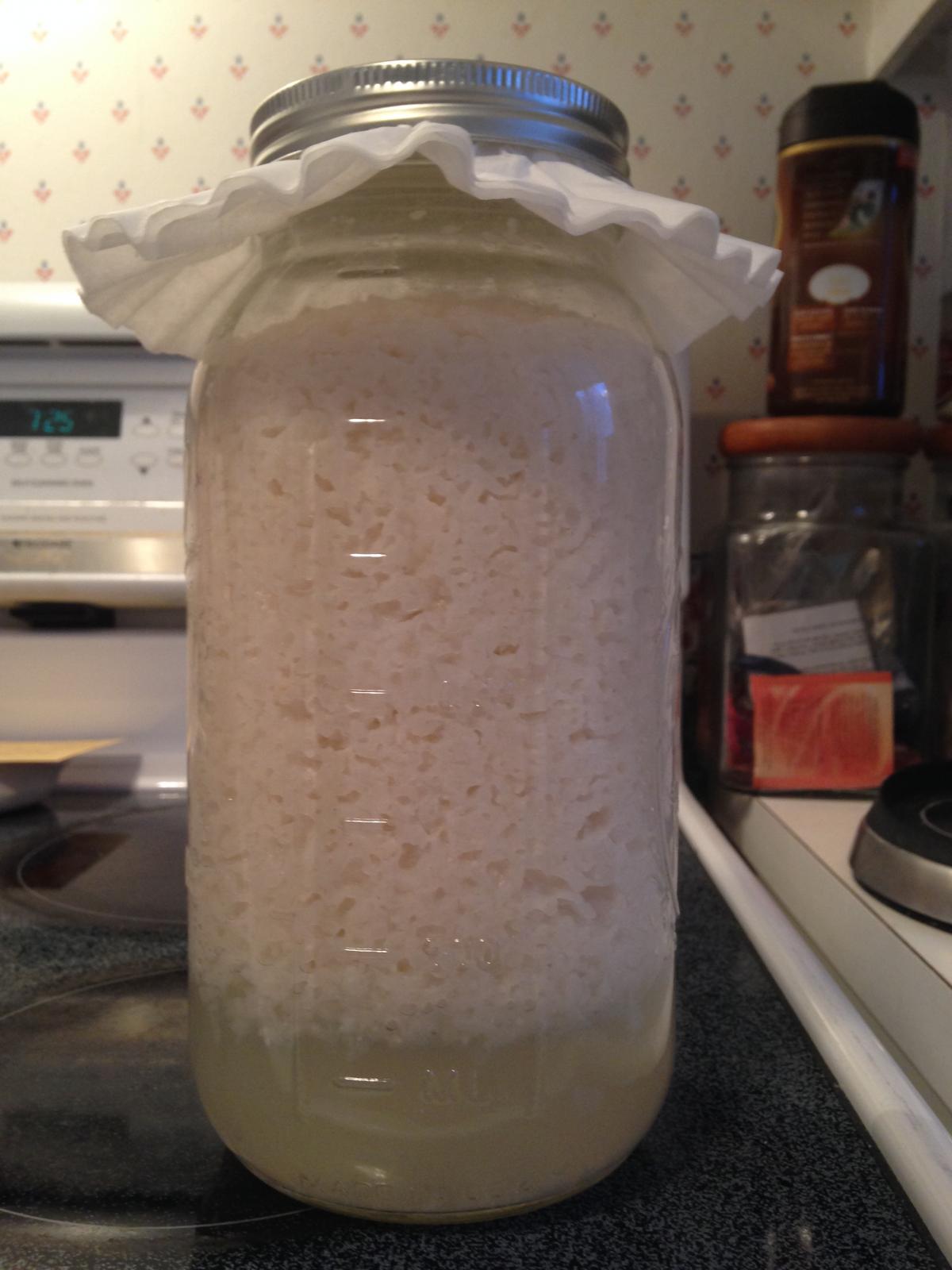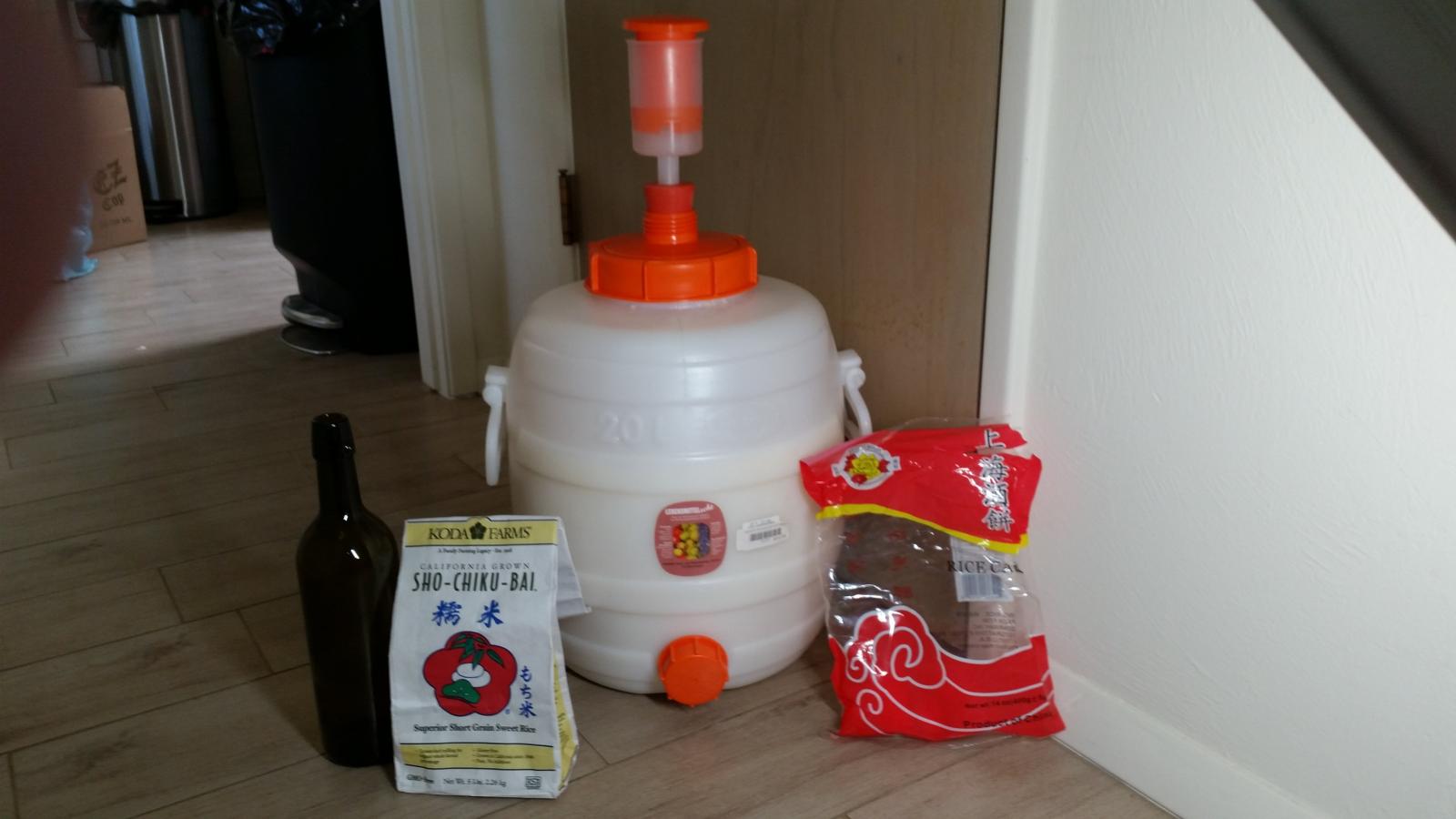CanadianJesus
Well-Known Member
- Joined
- Nov 28, 2015
- Messages
- 142
- Reaction score
- 17
Darn. Next batch I'll just add more. I'll try and get a photo up in a few days when I see significant changes.

Darn. Next batch I'll just add more. I'll try and get a photo up in a few days when I see significant changes.
I've been using 1 ball per 1 uncooked cup of rice. Been working good for me.
I would like to find some Onto yeast in the USA. Its over $18 just in shipping if i order directly. Chinese made yeast balls are cheap around here. About $1.60 for 4ozs. I think used 1 ball per 2 cups of rice and they work fine with a little RYR added.




The taste is a lot more sour than I was anticipating, kind of like alcoholic yogurt. Otherwise it's actually not too sweet, but also doesn't have any sort of subtlety, it's just thick, tangy alcohol.










Couldn't you pasteurize it then ferment it again using a wine yeast if you really want dry rice wine? I made one batch using a Lalvin yeast with nuruk and it came out dry. I still need to try it with some rice koji instead of nuruk but im sure it would work.



So I'm on my 5th batch or so and I think I may have gotten my first infection. I wasn't terribly anal about sanitation like previous batches or with my beer brewing. I don't think I sanitized my hands when I was mixing the yeast ball dust into the rice. I'm leaning towards tossing this batch. Just thought I'd post and ask your opinions. It smells like it normally does, just with some added color. Also, I made this batch in a large glass jar with cheese cloth over it that just has a glass lid sitting on top. Is it possible that could be the source of the infection as well? I also didn't mix in the top portion of rice once fermentation had made a good amount of liquid to do so.
So I did start another couple of batches, but I also used a serving spoon to to remove the rice on top that was containing the bad mold .
Day 20: I've decided my first attempt is a failure. Under cooking of the rice is the primary factor. In my first jar there is about 4cm of liquid built up around the rice, nothing is floating. The rice in the top half of the jar looks completely dried out while the bottom remains moist.
The second jar has absolutely zero liquid build up while at the same time does not appear to have dried out in the way the first jar has. I see lots of 'sweat' on the rice towards the bottom of the jar.
I am attempting another batch today, this time I will use 1.5:1 yeast balls to rice and I am going to boil the rice. I am using sweet rice rather than sushi this time as well.
I purchased some StarSan online so I will not be using bleach this time around.
Note: I have also ordered 10 packets of ARL which should arrive towards the end of the month. I have read a lot of conflicting information whether or not I need to add additional yeast when using ARL. I have access to Lalvin ec-1118 as well as baker's yeast. I was told in another post that I need extra yeast but I would still appreciate some more input. From what I have read in this thread (I am on pg 364) it seems that nobody else pitches any additional yeast on top of ARL.

Woot! Batch #2 was a success!
8 cups of sweet rice yielded 4 750ml bottles of awesome wine! And this wine really is good stuff. It's great on it's own or mixed with orange juice. Actually, it makes a pretty good screwdriver
Slight taste of higher alcohols, but less than my mead when I sampled it on the 2nd racking. From the posts I have read, I was expecting a burn as if I were taking a shot of liquor. I guesstimate it at around 15-16% abv judging by the buzz that I have after 3 small glasses.
I recommend this to anybody looking for a nice easy project resulting in a good drinkable product.
Good yield, I usually get 8 cups of wine from 8 cups of dry rice, though I haven't used sweet rice for a while and got more from it IIRC.
You must have squeezed the heck out of it too. All the bottles cloudy, or have you let them clear and decanted?
Re: "This allows oxygen to get into the rice/yeast/water".
As a general rule, encouraging oxygen to mix into the mash is a good way to make rice wine vinegar, but not rice wine.
In most cases this shouldn't be a problem for the short term fermentation as in your instructions, but why try to encourage the wine to turn to vinegar, unless that is the goal?
Dwhill- Thanks for your instructions. I've made rice wine a few times, next time I will try your method. Sounds far easier.
The secret is the wort mesh bag. Get the largest size that you can find as this will make your job easier. It should be at least big enough to stretch around the opening of the bucket.